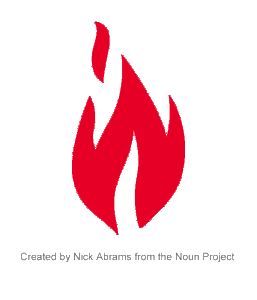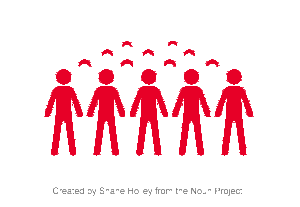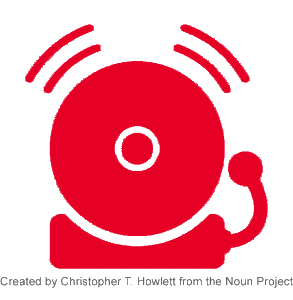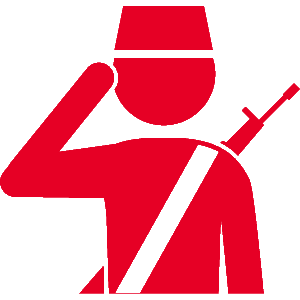One man was killed during the riot activities in Longview, Texas.
Significantly different stories involving the death of Lemuel Walters. This death is one of the chief factors leading up to the riot.
- One version of the story involves Walter, a black man, being discovered in the bedroom of a white woman in a neighboring town. He was arrested and jailed. According to law enforcement, he was place on a Louisiana-bound train the evening of June 17, but was discovered the next morning dead, riddled with bullets, next to the railroad tracks. His death, in this version, is a mystery.
- According to 4 (3 black, 1 white) inmates in the jail where Walters was taken, 10 white men who had keys to the cells had come and taken Walters from the jail. After a prominent black citizen, Samuel L. Jones, heard of this story and approached county judge Erskine H. Bramlette asking for his help to pursue an investigation, these inmates were all relocated to other jails.

The Chicago Defender was most popular black newspaper during this time, and boldly promoted racial equality. The Chicago Defender also encouraged southern blacks to leave the south and relocate to northern cities. This paper had both national distribution and covered issues of importance across the south. The paper regularly published, in graphic detail, the unfortunate circumstances that blacks had experienced because of their race.
The Chicago Defender, then, published an article describing Mr. Walter’s death. According to this article, Walter’s only crime was being involved with a white woman. The said that the woman had said that had she lived in the north that she would have married Walter. Also, it reported that she was so distraught after his murder that she was under the care of a physician. Finally, the article asserted that the sheriff had welcomed the white mob that took and murdered Mr. Walter.
Though the woman involved was not explicitly named in the article, her family members recognized this story and were incensed. They felt that this article dishonored their family.
S. L. Jones was a known contributor to The Chicago Defender, and blamed for this article. As a result, the woman’s brothers met him across from the court house and beat him severely with a wrench. Dr. Calvin Davis, a local black doctor and Mr. Jones’ friend, arrived shortly thereafter and took Jones to his office for treatment.
From this point, anger spread both in black and white communities as whites learned about the article, and as blacks learned about the beating.
Gregg County Judge Bramlette and Longview’s Mayor Gabriel A. Bodenheim, upon learning of this tension, discouraged whites from additional actions against Jones.
However, that evening groups of both races moved through the area looking for members of the other race. At about 1:00 AM, a group of whites drove to Jones’ home. When they began to walk toward his house, they were surprised by gunfire from blacks inside the home. Those of the men who had guns returned fire.
White men injured in this skirmish. 3 of these men were injured superficially by birdshot. One of them, who had taken cover under a nearby house, was discovered and beaten severely, suffering a fractured skull.
The group fled. Some of them broke into the local hardware store to get guns and ammunition. They rang the fire alarm bell in order to summon others.

At about 4:00 in the morning, a second group traveled to Jones’s home. They discovered the home was deserted. They set it on fire. Then the group set fire to a black dance hall that they suspected, correctly, housed ammunition. They set fire to Dr. Davis’s house, and the homes of other black citizens. When home owners protested, those property owners were beaten.
In the morning, county officials realized that they needed outside assistance and contacted Governor William P. Hobby.
Number of Texas rangers sent to the area to help.
Understanding that this wasn’t enough, Judge Bramlette called the Governor Hobby again, asking for help.
Number of soldiers dispatched to Longview.
Matters were complicated by the one death that resulted from this riot.
Marion Bush was Dr. Davis’ father-in-law. The sheriff approached him at his home offering to take him to the jail for his own protection. After some discussion, Bush agreed to go, however, he asked for a few moments to gather his hat. When he returned, he had a gun and had changed his mind, stating that he was not going. He also took a shot at the sheriff, and the sheriff’s counterpart. He missed both men. He fled, heading west along the railroad tracks.
The sheriff called a farmer that he knew, asking him to stop Bush.
He did just that, killing him with shots to the chest and neck.
Local officials feared additional outbreaks of violence, and asked the Governor for more help. The Governor responded by proclaiming martial law over the county. He ordered an additional 150 men to Longview for protective service. He placed Brigadier General R. H. McDill in command of all soldiers and rangers.
McDill instated a 10:30 PM to 6:00 AM curfew in Longview, prohibited groups of three or more from gathering on the streets, ordered the telephone operators to prohibit long-distance calls, and ordered all Longview and Kilgore (a neighboring area) to turn in their personal firearms at designated places by Sunday evening.
Number of firearms eventually turned in.
A citizens’ committee drafted a list of resolutions stating its position on the events in Longview. Among them:
- disapproval of the shots fired by blacks from Mr. Jones’ home
- disapproval of the article thought to be authored by Mr. Jones
- opposition to the burning of black property
- intention to prevent additional proper damage
- approval of swift action by Governor Hobby
- support of rangers and militia who had been sent to the area
- delegation of Judge Bramlette, Sheriff Meredeth, and Mayor Bodenheim the authority to act with and advise the military officers
Names of white men who took part in the attack on Jones’ house that were discovered by investigations conducted. These men were arrested and charged with attempted murder. They were released on a $1000 bond each.
Names of white men who took part in burning black homes and the dance hall. These men were arrested and charged with arson. They were released on a $1000 bond each.
Names of black men who took part in the shooting from Jones’ house. These men were arrested and charged with assault with attempt to murder. They were placed temporarily in the county jail.
Both Jones and Davis left town and never returned.
Local leadership decided to explain the actions of the soldiers, officers and National Guardsmen as well as the arrests to the community.
For the duration of the martial law period, no additional acts of violence were reported.
The black people who had been arrested were sent out of the county before martial law was lifted in order to protect them. They were accompanied by a general and a captain.
White men who were tried for their part in the riot activities.
Black men who were tried for their part in the riot activities.
Additional news-worthy incidents that happened as a result of the riot.














